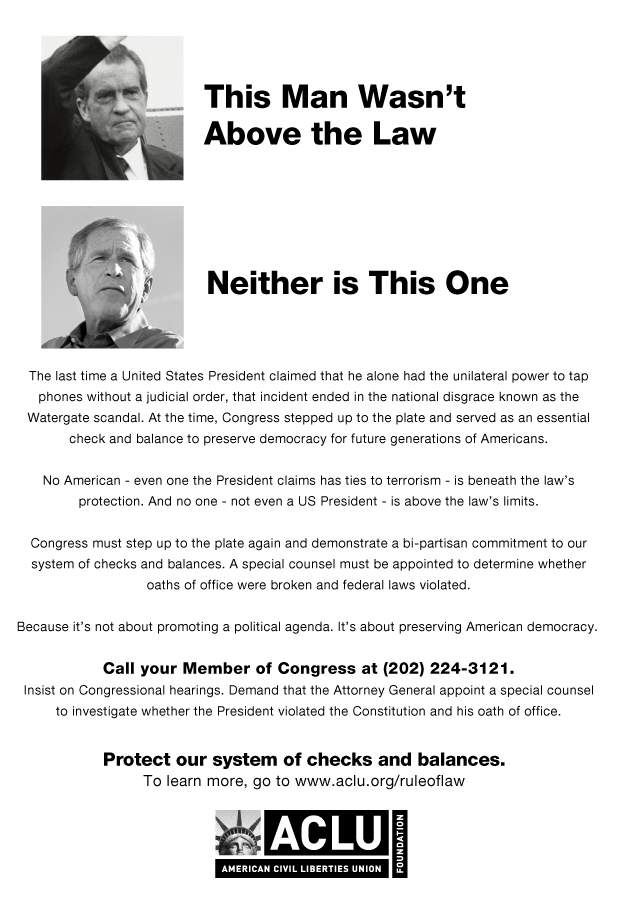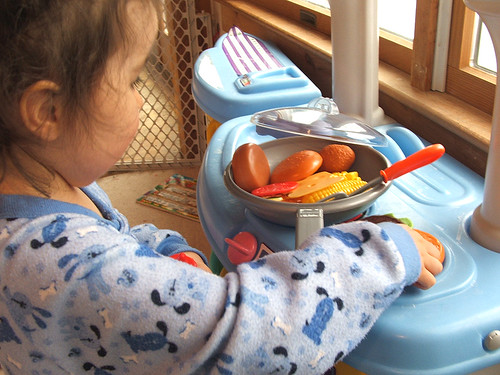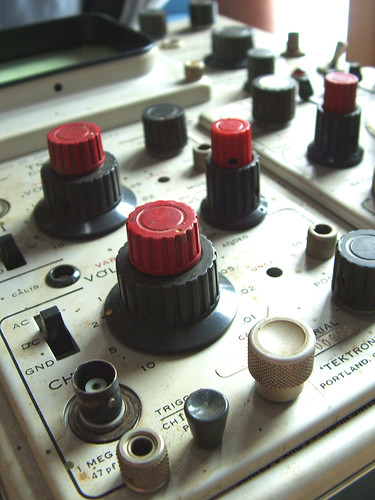Getting ready for robotics
Saturday, December 31, 2005

As you can imagine, there are many new things to learn when you learn electronics. Q has been introduced to atoms, electrons, electrical current flow in metals, electronic orbitals, etc. Now she needs to learn about circuits and, in order to extend basic electronics to what she REALLY likes, which is robotics, she needs to learn about binary code.
To this end, Q is learning how to convert decimal numbers to binary code.
What is binary code? Taken from the Wikipedia we get:
The term binary code can mean several different things:
- There are a variety of different methods of coding numbers or symbols into strings of bits, including fixed-length binary numbers, prefix codes such as Huffman codes, and other coding techniques including arithmetic coding.
- Binary and text files on computers are represented as binary codes and
- Characters within text files can be represented by any of a number of character code systems, including ASCII, EBCDIC and Unicode.
You can get spiffy conversion tables at this site.
From this site we get the follow walk through explanation of Binary numbering.
A series of eight bits strung together makes a byte, much as 12 makes a dozen. With 8 bits, or 8 binary digits, there exist 2^8=256 possible combinations
Uses numbers 0, 1,, that's 2 numbers. Hence base 2.
Binary numbering is the number system that is used by computers.
Note: The positional value doubles as you go to the next positional on the left
Power of the base: 2^4 = Positional value: 16
Power of the base: 2^3 = Positional value: 8
Power of the base: 2^2 = Positional value: 4
Power of the base: 2^1 = Positional value: 2
Power of the base: 2^0 = Positional value: 1
A binary digit is called a bit. There are two possible states in a bit, Usually expressed as 0 and 1, the two numbers used in the binary number system.
But the bit could represent on / off of an electrical circuit, yes / no, true / false, -1 / 0, -1 / +1, zero / non zero, or similar 2 state binary wording.
A byte of memory can store a number in the range 00000000 to 11111111 binary.
Numbers are often displayed in groups of 4, as follows, to make them easier to read. 0000 0000 to 1111 1111 binary.
11:48 AM :: 0 comments
nika :: permalink
>nika :: permalink




